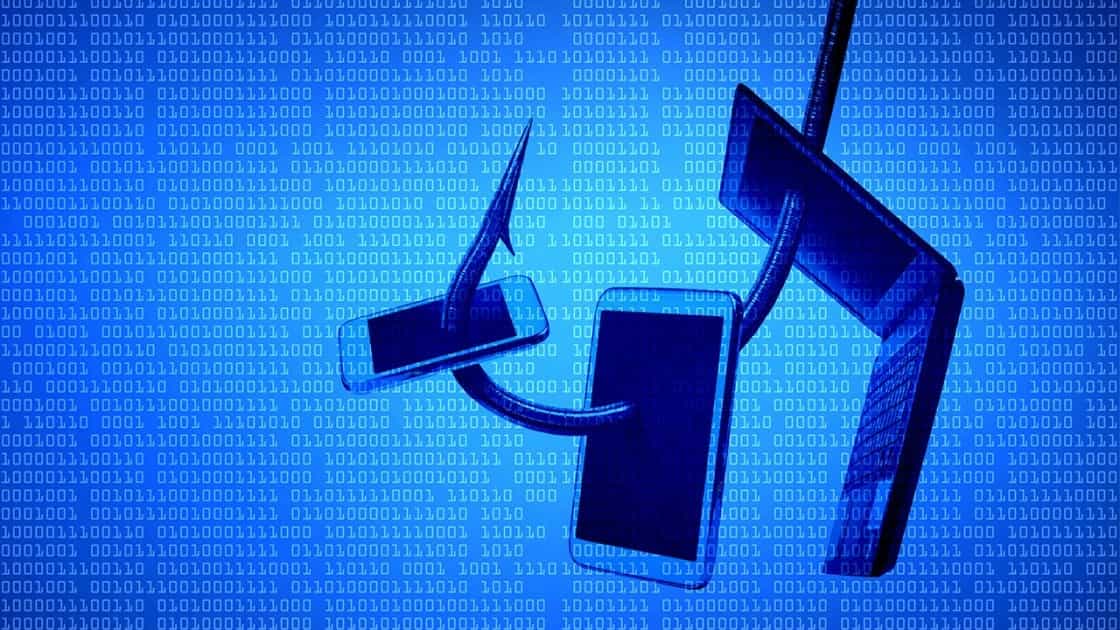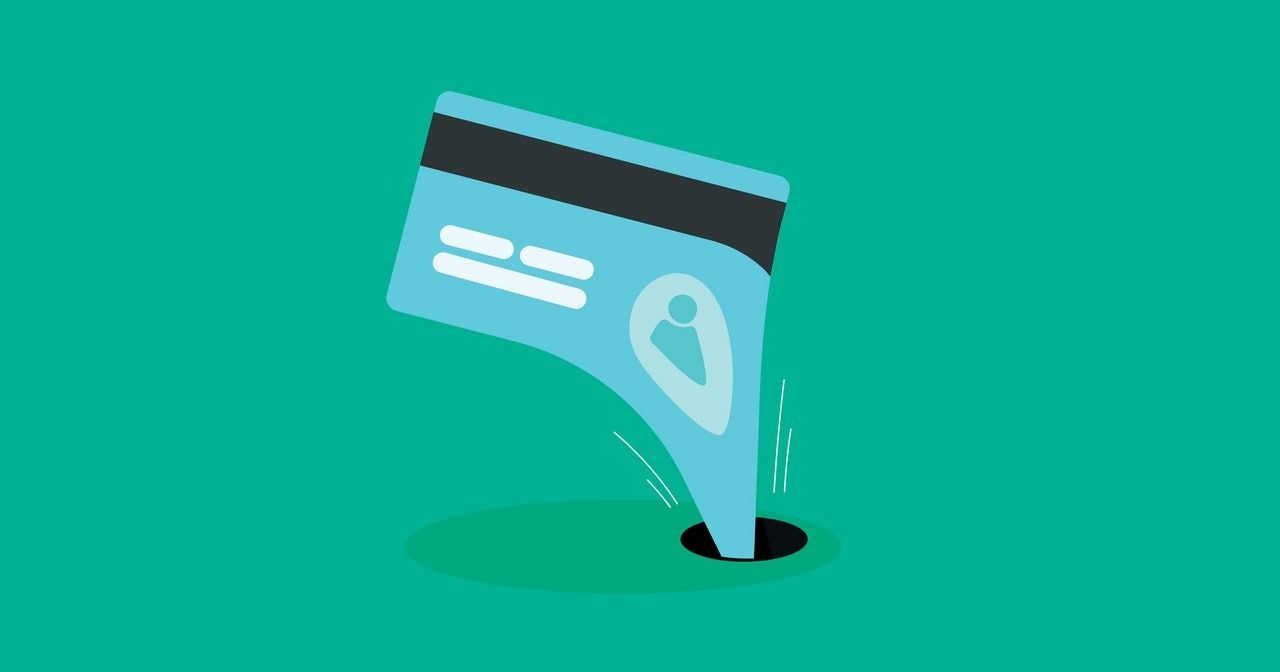Alec from Baxter
Jul 26, 2023
How to Avoid Email Phishing
Your guide to avoiding email phishing - learn what to do to minimize the risk of falling victim to phishing.
Understanding Email Phishing - What is Email Phishing?
According to Verizon, more than one third of all data breaches involves phishing. Email phishing is a deceptive technique used by cybercriminals to trick individuals into sharing sensitive information, such as login credentials, financial details, or personal data. Phishing attacks often masquerade as legitimate emails from trusted entities, such as banks, online services, or government organizations.
Table of Contents
- Understanding Email Phishing
- Recognizing Email Phishing Attempts
- Best Practices for Avoiding Email Phishing
- Using Baxter to Minimize The Risk of Falling Victim to Phishing
- Steps to Take if You Fall Victim to a Phishing Email
- FAQ
How Does Email Phishing Work?
Phishing attacks typically involve the following steps:
- Spoofing: Attackers impersonate legitimate senders by manipulating the email's sender information, making it appear as if the email is coming from a trustworthy source.
- A Convincing Message: Phishers create emails designed to deceive recipients. These messages often contain urgent requests, enticing offers, or warnings to create a sense of urgency or fear.
- Social Engineering: Phishers use psychological tactics to manipulate recipients into taking action, such as clicking on malicious links, downloading infected attachments, or sharing sensitive information.
- Exploitation: Once a recipient falls for the scam and provides the requested information, attackers can use it for various malicious purposes, such as identity theft, financial fraud, or unauthorized account access.

Recognizing Email Phishing Attempts
To protect yourself from phishing attacks, it's crucial to recognize the common signs of phishing emails. Look out for the following red flags:
- Unusual Sender Addresses: Check the email sender's address carefully. Phishing emails often use email addresses that resemble legitimate ones but have slight variations or misspellings.
- Generic Greetings: Phishing emails may use generic greetings like "Dear Customer" instead of addressing you by name.
- Urgent Requests: Phishers create a sense of urgency or fear to prompt immediate action. Be cautious if the email demands immediate responses or threatens negative consequences.
- Poor Grammar and Spelling: Phishing emails often contain grammatical errors, misspellings, or awkward language usage.
- Suspicious URLs: Hover your mouse over any links in the email without clicking to see the actual URL destination. Phishing emails may include disguised or shortened URLs leading to fraudulent websites.
- Suspicious Email Addresses: Phishing emails may display a sender name that doesn't match the email address. Check the actual email address to identify any discrepancies.
- Impersonation of Trusted Organizations: Attackers may impersonate well-known organizations, such as banks, government agencies, or popular online platforms, to gain your trust. Always verify the authenticity of the email before taking any action.
- Pay attention to the content of the email itself:
- Requests for Personal Information: Be cautious if an email requests personal information such as passwords, social security numbers, or financial details. Legitimate organizations usually don't ask for such information via email.
- Attachments from Unknown Sources: Exercise caution when opening email attachments, especially if they come from unfamiliar senders or contain unexpected files. Malicious attachments can contain malware that can compromise your device's security.
- Unsolicited Offers or Prizes: Be skeptical of unsolicited emails offering prizes, rewards, or unexpected financial opportunities. These are often phishing attempts aiming to deceive you into revealing sensitive information.
Using Baxter to Minimize The Risk of Falling Victim to Phishing
- Create your own or use Baxter’s pre-defined Labels to nest your emails under specific categories. If you get a message nested under Other or not labeled at all, you are alerted to double-check if the sender is legitimate.
- Senders list - if you get a suss message once, navigate to the Senders tab and use the Auto-Clean option to mute them for 30 days or fully delete/archive
- Keep stock of the newsletters and mailing lists you are subscribed to to control your email inflow - use the Bulk Unsubscribe option so that you don’t overlook a potentially dangerous email among unwanted spam
Best Practices for Avoiding Email Phishing
- Displaying Your Email: Be cautious when sharing your email address online, especially on public forums or social media platforms. Spammers and phishers may collect email addresses from these sources.
- Disposable Email Addresses: Consider using disposable email addresses for online subscriptions or services where email communication is not critical. This way, if a disposable address gets compromised, it won't affect your primary email account.
- Legitimacy of Emails: Verify the email sender's address carefully. Look for any signs of spoofing or discrepancies between the sender name and the actual email address.
- Contact the Organization Directly: If you receive an email requesting sensitive information or claiming to be from a trusted organization, contact the organization through official channels to verify the email's legitimacy.
- Suspicious Attachments: Avoid opening email attachments that you weren't expecting or that come from unknown senders. When in doubt, scan attachments with an updated antivirus program before opening.
- Hover Before You Click: Before clicking on any links in an email, hover your mouse over them to view the actual URL destination. Ensure the URL matches the expected destination and doesn't redirect to suspicious or unfamiliar websites.
- Strong Passwords: Create strong, complex passwords that include a combination of uppercase and lowercase letters, numbers, and symbols. Avoid reusing passwords across different accounts.
- 2FA: Enable two-factor authentication for your email account whenever possible. This adds an extra layer of security by requiring a second verification step, such as a unique code sent to your mobile device, along with your password.
- Software Up to Date: Regularly update your operating system, web browser, and antivirus software to ensure you have the latest security patches and protection against known vulnerabilities.

Steps to Take if You Fall Victim to a Phishing Email
- Passwords: Immediately change the passwords for any compromised accounts. Use strong and unique passwords to ensure maximum security.
- Accounts: Regularly monitor your bank accounts, credit card statements, and other online accounts for any suspicious activity. Report any unauthorized transactions or changes immediately.
- Appropriate Authorities: If you have provided sensitive personal information or believe your identity has been compromised, contact the appropriate authorities, such as your local law enforcement or your country's cybercrime reporting agency.
FAQs
- Q: What is email phishing?
A: Email phishing is a deceptive technique used by cybercriminals to trick individuals into sharing sensitive information, such as login credentials or financial details, by impersonating trusted entities via email. - Q: How can I identify email phishing attempts?
A: Look out for common signs of phishing emails, such as unusual sender addresses, generic greetings, urgent requests, poor grammar and spelling, and suspicious URLs. Be cautious of emails that request personal information or contain unexpected attachments. - Q: What can I do to avoid email phishing?
A: Keep your email address private, verify the legitimacy of emails, be cautious with attachments and links, strengthen your passwords, enable two-factor authentication, and regularly update your software and antivirus programs. - Q: What should I do if I encounter a phishing email?
A: Report phishing emails to your email service provider and relevant anti-phishing organizations. If you fall victim to a phishing attack, change your passwords, monitor your accounts, and contact the appropriate authorities.
What’s Baxter?
Upgrade for more organization.
One-click Unsubscribe
Smart Removal
Auto-Organization
Advanced Dashboard
Baxter
Organize your digital life
